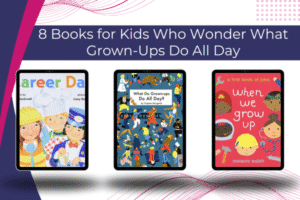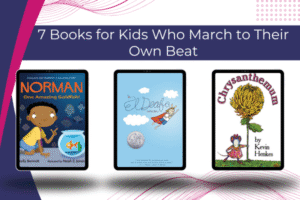FurthAlsAre you looking for some cool ways to help your kids practice phonics? Well, you’ve come to the right place! Phonics is all about learning the sounds that make up words, and it can be a blast if done right. For this reason, let’s dive into some fun and engaging phonics activities for your little ones with this Parent’s guide.
1. Rhyme Time
Exercise: Encourage your kids to find words that rhyme. Start with simple words like “cat” and “hat” and then move to more challenging ones. You can even turn it into a game.
How to Help: Join in the rhyming fun! Create silly rhymes together and make it a bonding experience. The more you rhyme, the better they’ll get at recognizing sounds.
2. Letter Hunts
Exercise: Go on a letter hunt around the house or in books. Ask your kids to spot certain letters and say their sounds out loud.
How to Help: Give hints if needed, but let them do most of the searching. This builds their letter recognition skills.
3. Storytime Spectacular
Exercise: Read phonics-based books together. Look for books that emphasize certain letter sounds or blends.
How to Help: Encourage your kids to sound out words they recognize. If they get stuck, offer a gentle nudge.
4. Word Building
Exercise: Use letter magnets or blocks to build words. Start with simple three-letter words and progress from there.
How to Help: Cheer them on as they build words. Also, you can challenge them to build a new word every day.
5. Interactive Apps
Exercise: Download phonics apps designed for kids. These apps often have games and activities that make learning fun.
How to Help: Set screen time limits and play the apps together. Discuss what they’ve learned after each session.
6. Sing It Out
Exercise: Sing songs that focus on phonics. Classics like the “Alphabet Song” and “Twinkle, Twinkle Little Star” are great options.
How to Help: Sing along enthusiastically! Music can make learning phonics feel like a party.
7. Treasure Hunt
Exercise: Create a treasure map with phonics clues. Your kids can decode the clues to find hidden treasures.
How to Help: Be the treasure map creator and watch as they follow the clues. It’s an adventure they won’t forget!
8. Flashcards Galore
Further exercise: Use flashcards with pictures and words, then, show the card, say the word, and ask your kids to repeat.
How to Help: Be patient and use encouraging words. Repetition is key to phonics success.
Remember, the key to phonics success is to keep it fun and engaging. Celebrate small victories and provide lots of positive reinforcement. By making phonics a part of your everyday life, you’ll be helping your kids become confident readers and communicators.
So, go ahead, parents! Dive into these activities and watch your little ones shine as they master the world of phonics. Recomend this Parent’s guide to other parents.
Did you read about the benefits of phonics for your brain?
Phonics: Benefits for your brain.






